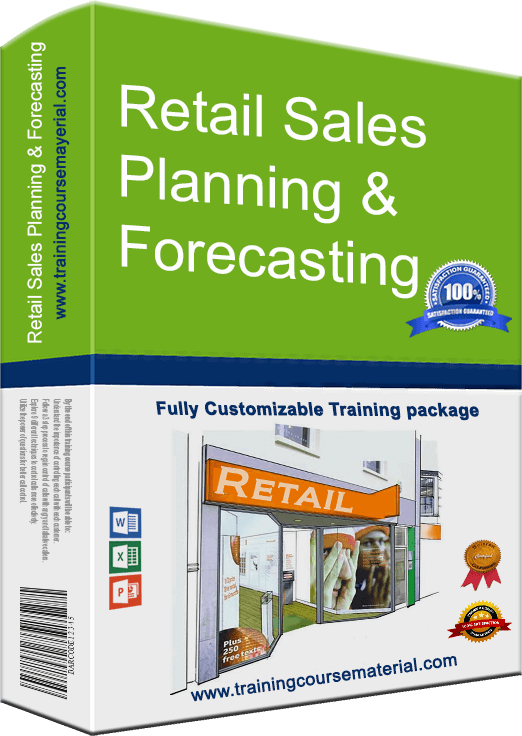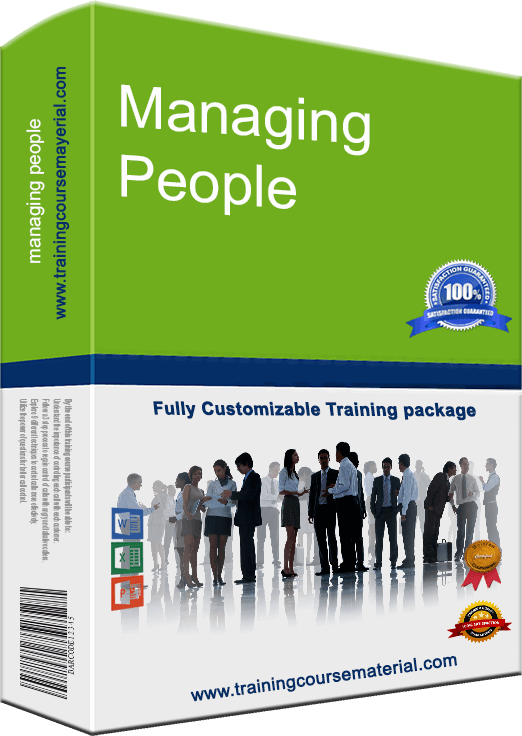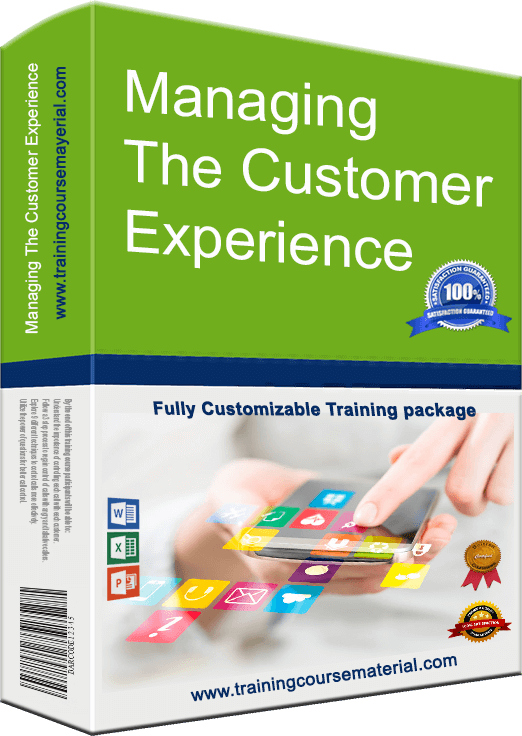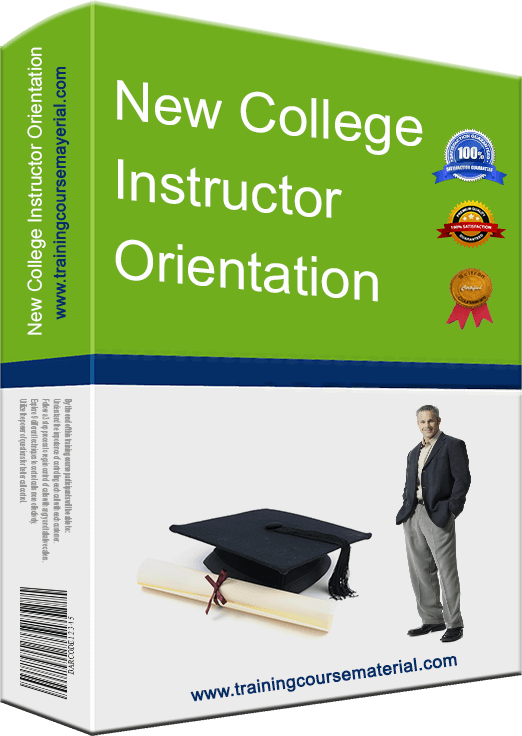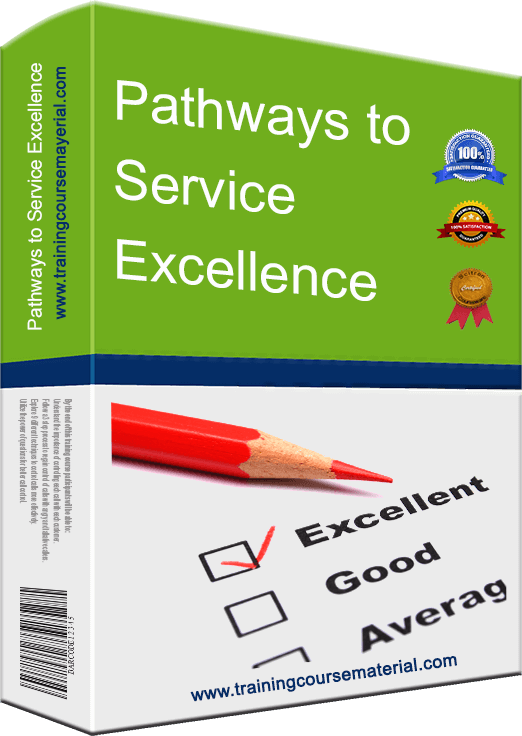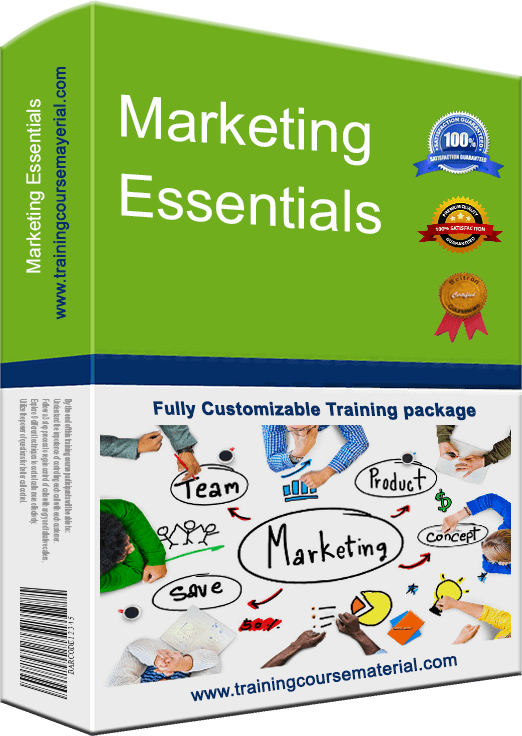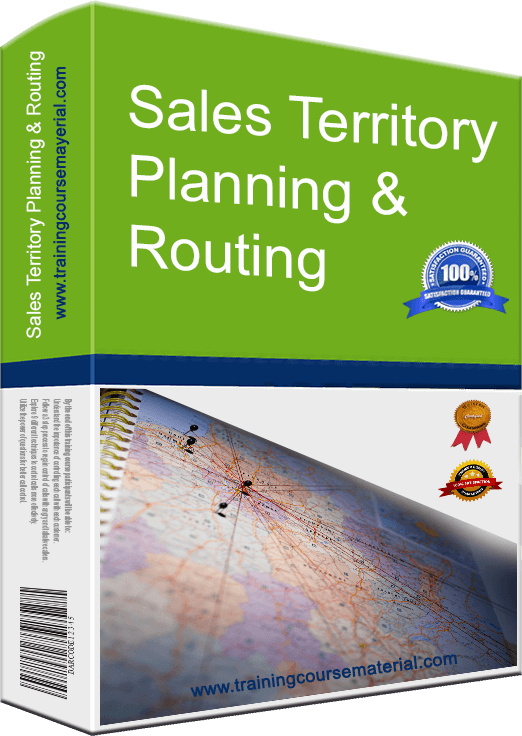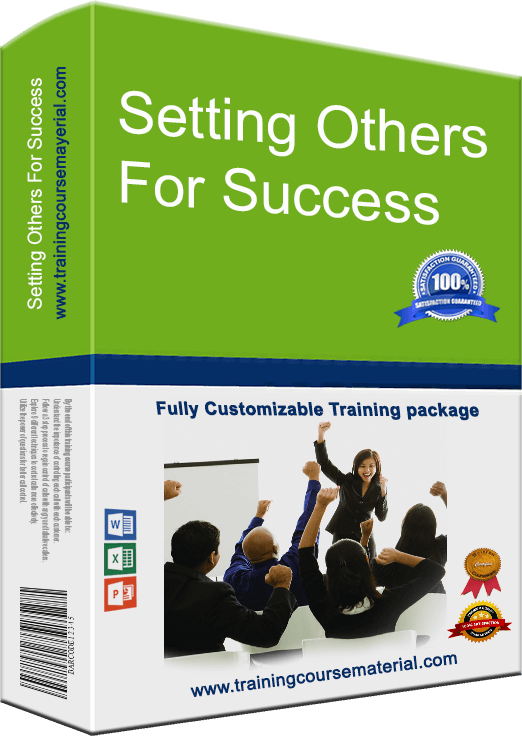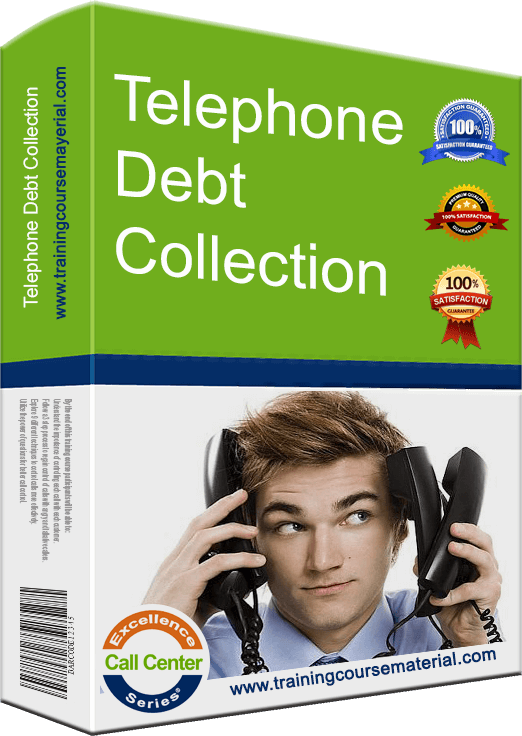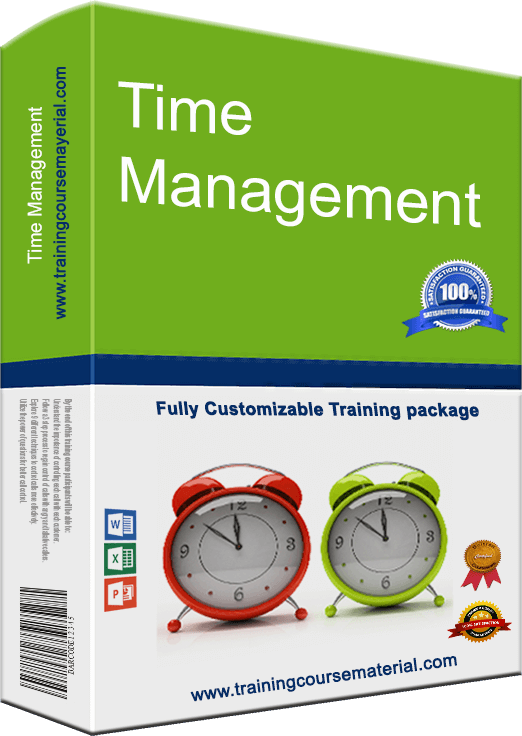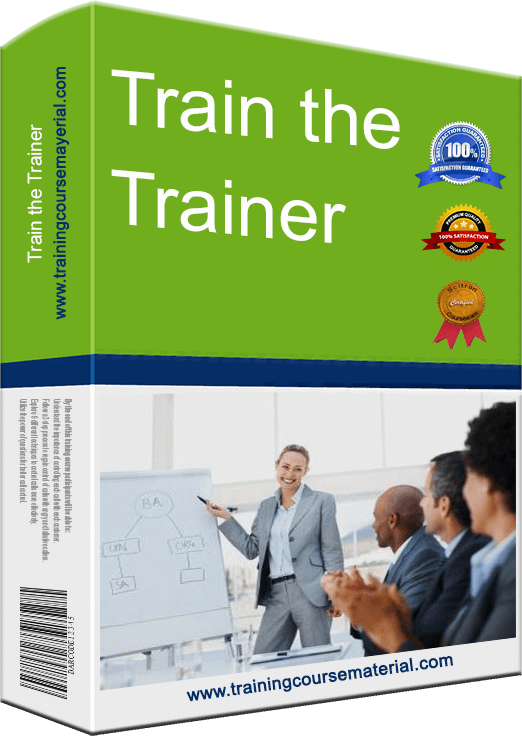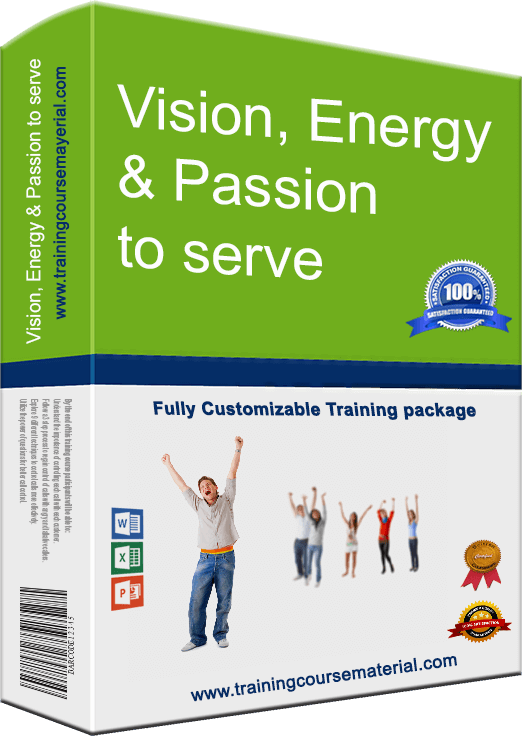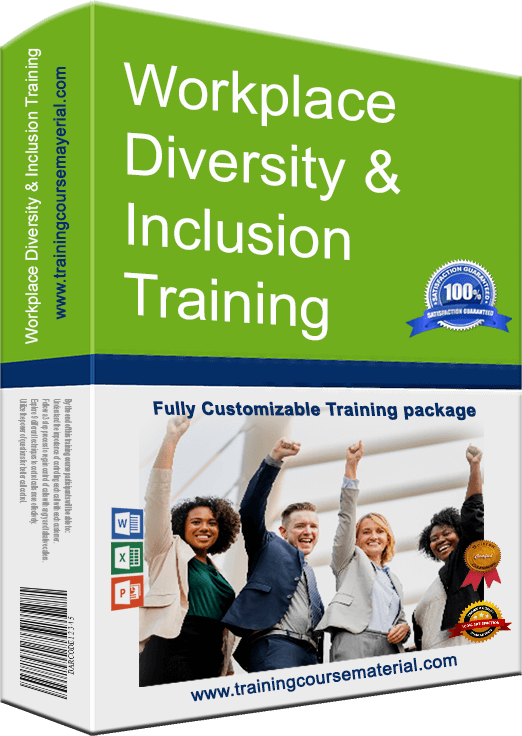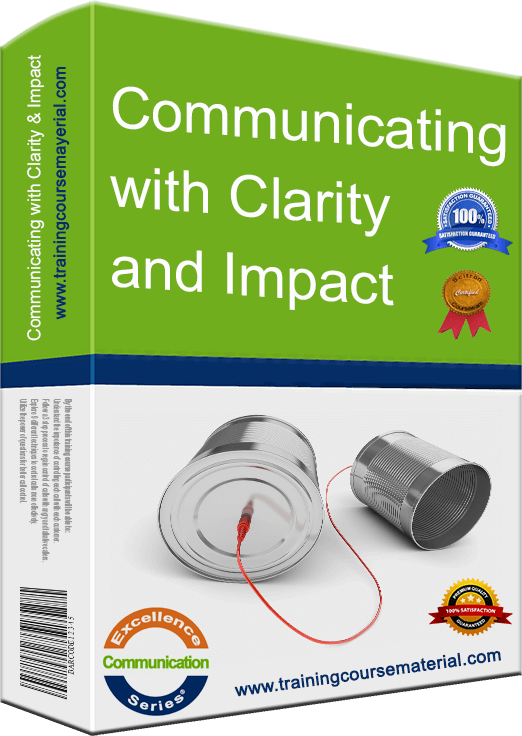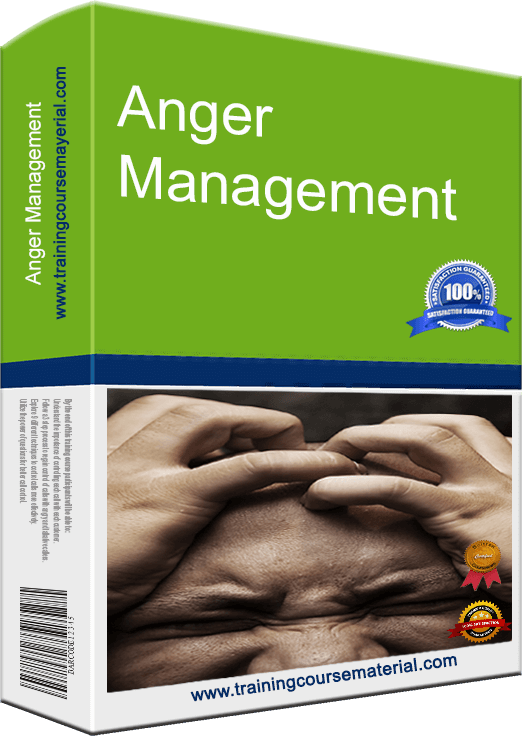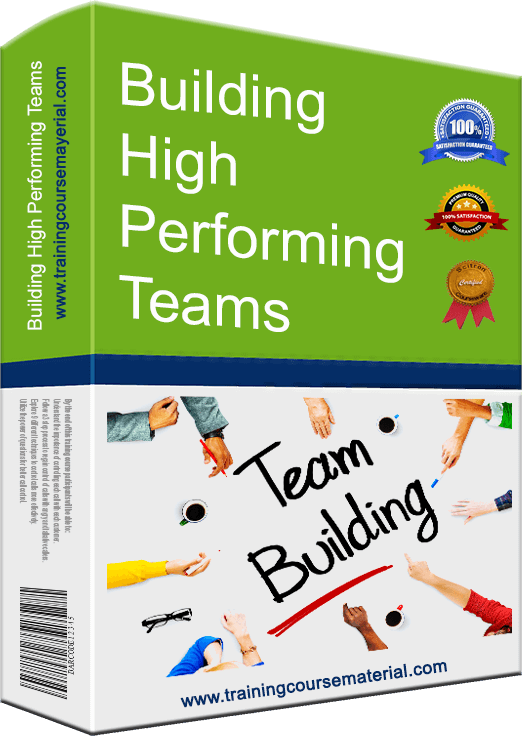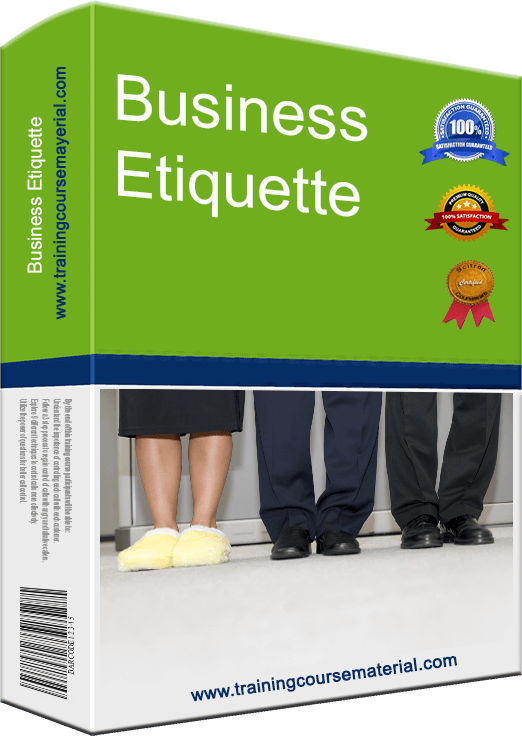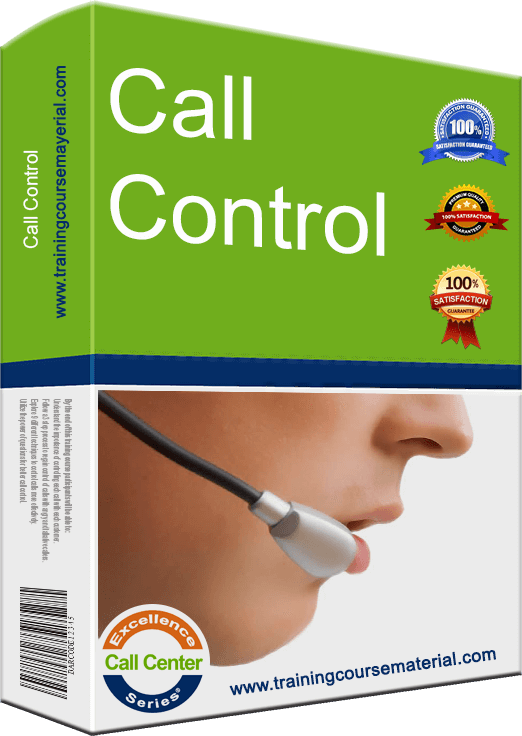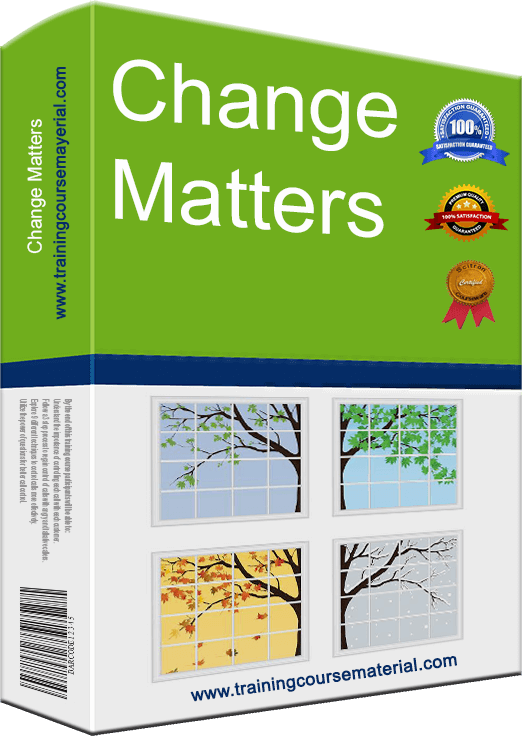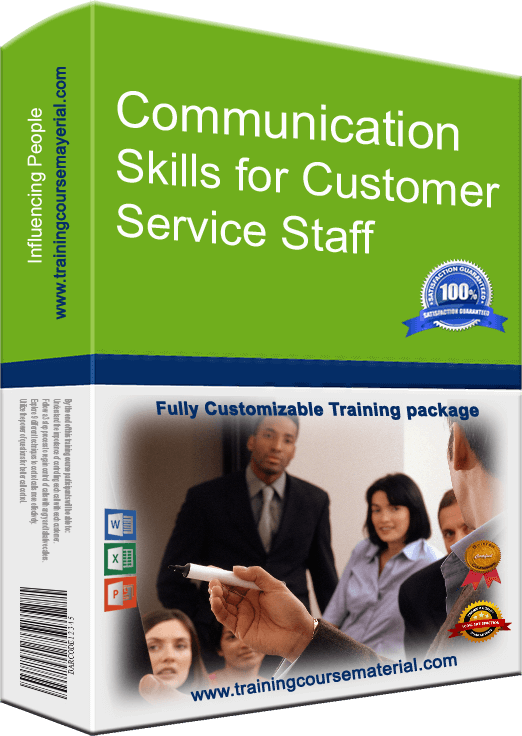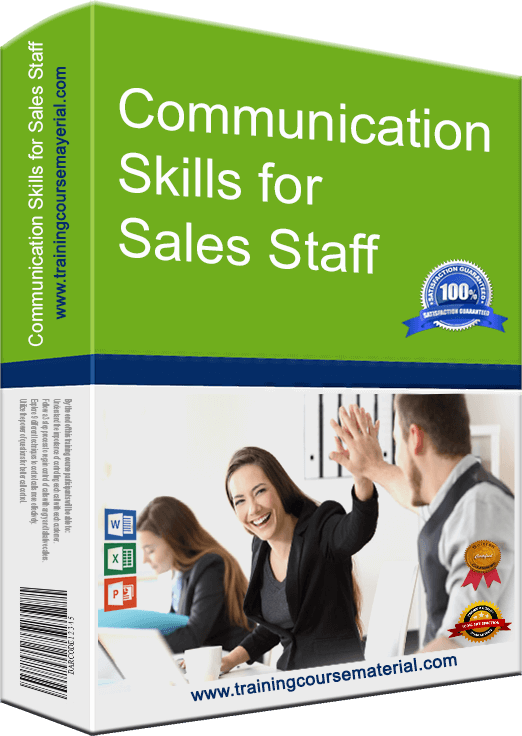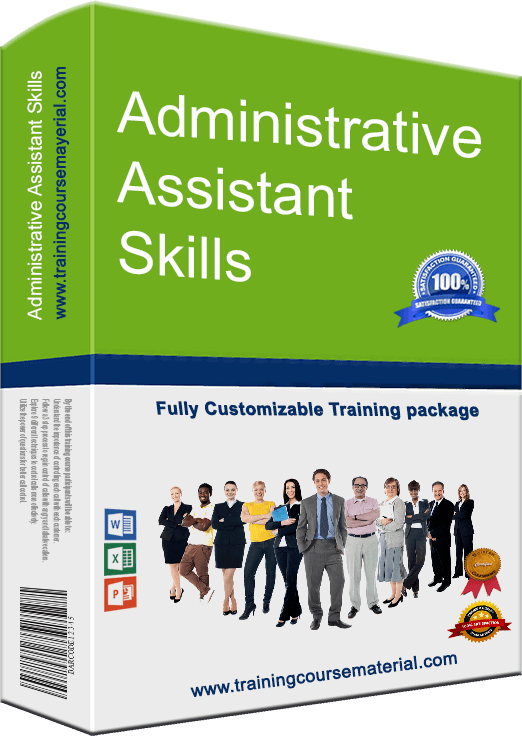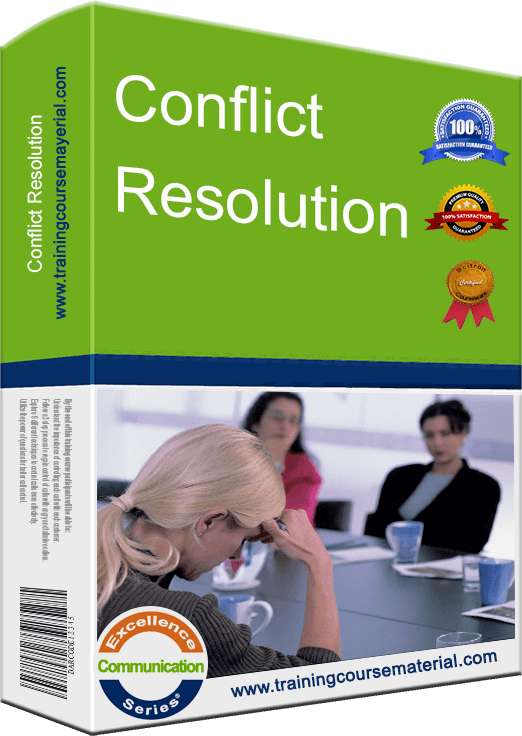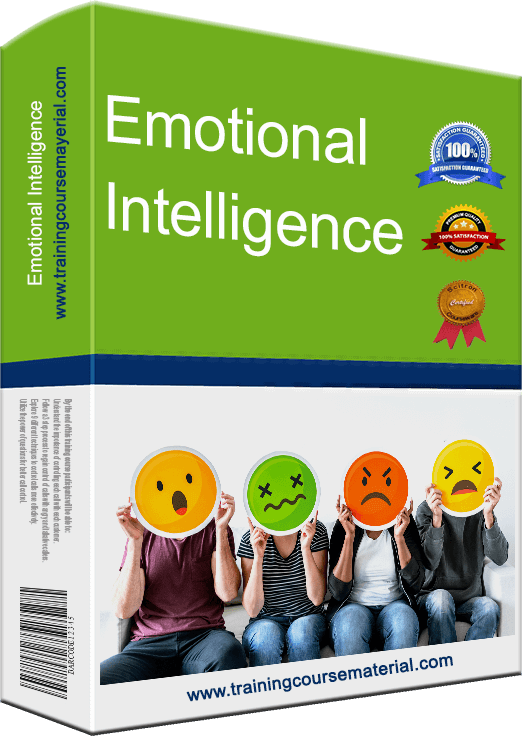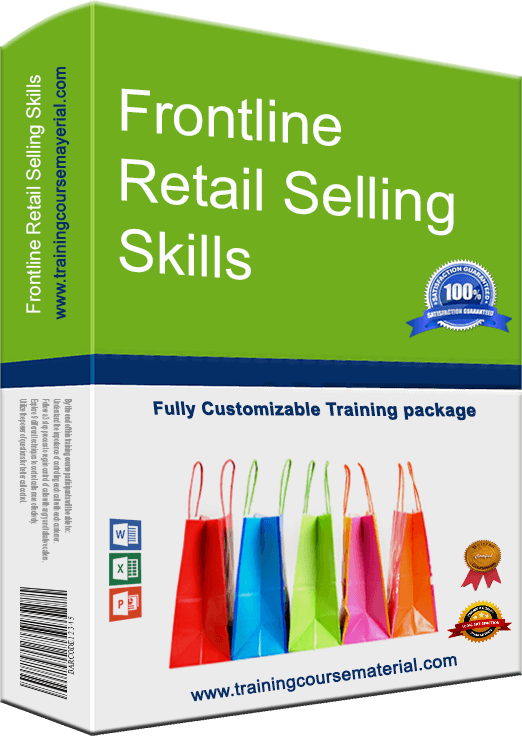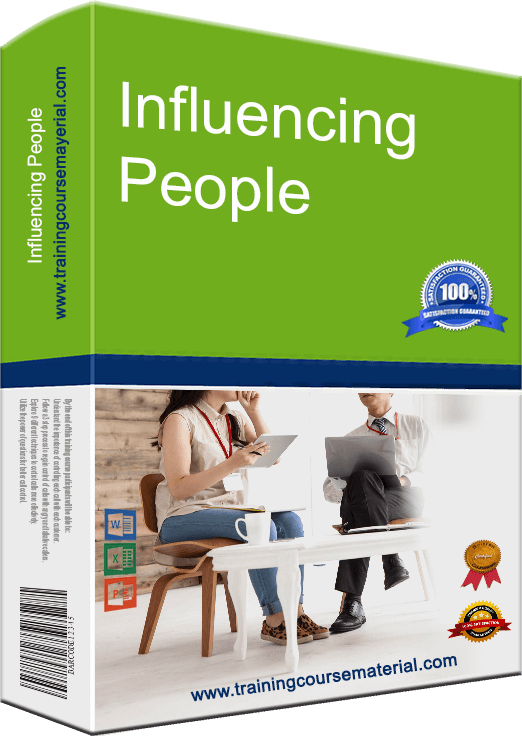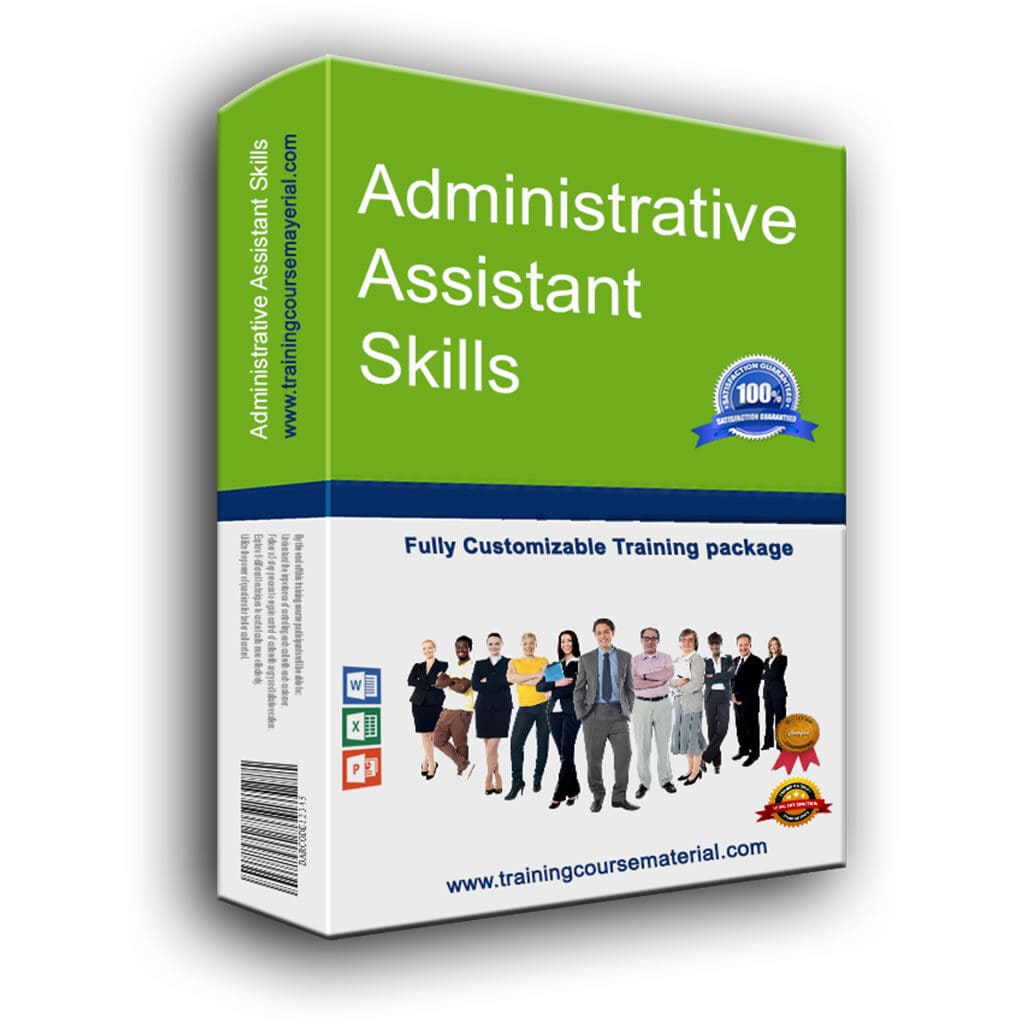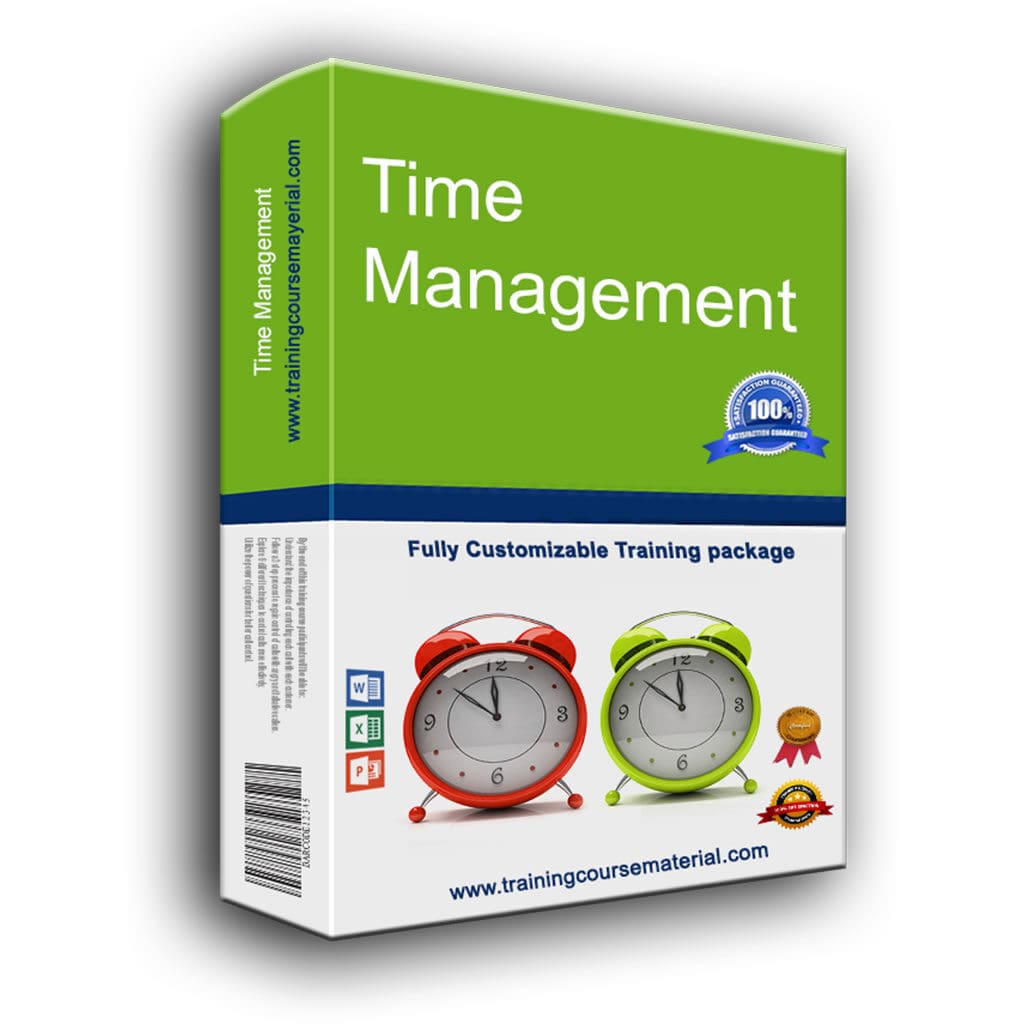What is a competency?
Competencies are behaviour patterns, based on acquired knowledge, skills and attitudes, which a person needs to bring to a job in order to carry out certain key tasks with competence.
TO DESCRIBE a competency even further it should state specific behaviors meaning it clearly states how a person should get something done. A competency should be Measurable, in line with the corporate culture and should not overlap with other competencies.
Competency Example : Airport Security Employee
Key Task: Checks boarding passes, tickets and permits in order to detect fraud and ensure airline and airport security
Competency :
• Questions passengers and staff courteously but assertively
• Recognises validity of all tickets, boarding passes and other airport permits for travel or access to terminals
MEASURE :
• Averages 80% on the checklist of agreed courteous and assertive behaviours made by observer
• 90% accuracy of recognition during spot check by manager.
How to describe a specific competency ?
The best way to describe a specific competency is to analyze and display it in an ASK model (Identify the Attitudes,Skills & Knowledge needed to successfully do the job)
• Example for Immigration officer
Competency : Questions passengers and staff courteously but assertively
Key task : Check passports, boarding passes and permites
The most common definitions of a competency in recent years are:
“An underlying characteristic of an individual that is causally related to criterion-referenced effective and/or superior performance in a job or situation”
“A characteristic and measurable pattern of behaviors, knowledge and skill that contributes to superior job performance”
Or, more simply:
A competency describes the behavior or actions that can be seen when a job is being done well.
Competency evaluation levels:
Level 1 Developing: Checks documents in a perfunctory manner. Question people impersonally without warmth or politeness
Level 2 Operational: Same as level one but with personal eye contact and politeness
Level 3 Strong: Checks documents, asks questions with a smile and addresses people as “sir” or “Madam”
Level 4 Excellent: Creates a warm “Moment of truth”- treats each individual as a special and valued customer. Enquires about their journey and engage in brief friendly conversation.
Competency check
A competency check is a way of identifying the gaps in an individual’s competence at performing their key tasks. The competency check will help you find out who needs what development in the areas which have been highlighted in your training needs investigation.
Lets do a competency check on our Airport security employee
Key Task: Check Boarding passes and permits
| Competency | Importance to the job |
Level1: Developing? |
| Questions passengers courteously but assertively | ||
| Recognises Validity of all tickets, boarding passes and permits |
Lets look at another competency check Example: Team Leader
Key task: Facilitates team meeting
| Competency | Importance to the job |
Level1: Developing? |
| Suggests meeting agenda and processes for problem solving and decision making | ||
| Listen actively by checking understanding and agreement of others |
So what’s the difference between Knowledge, Skill and Competency?
Knowledge Information that has to be learned and is recalled to carry out a job.
Example : A person can know how to use a particular piece of computer software – but not necessarily be able to do it.
Skill The application of that knowledge in a practical way to achieve a result. Example : continuing the above example, the person may be able to use a keyboard and by doing so apply their knowledge of the software and produce a document.
Competency The application of that skill in a way that results in work done to a specified standard. Most importantly, the competency will be defined so that it includes a number of statements describing how well the job must be done.
Example : The person can use their knowledge and skill of the software to produce a letter in the company format, with no mistakes and within a given time.
TYPES OF COMPETENCIES
Depending on its purpose and preferences, an organisation may create a set of competencies (collectively known as a competency framework) using a number of different types of competency.
Typically it might contain:
Core competencies
Those that support the declared mission and values, and are usually applicable to all jobs in the organisation.
Common competencies
Those other (non-core) competencies with a common definition, for use in certain jobs across the whole organisation (Example: influencing, strategic awareness, leadership).
Technical or job-specific competencies
Those that are applicable to a particular group or ‘family’ of jobs (eg, territory planning, software programming).
Some organisations only use core competencies, others use core and common, and yet others use all three types.
WHAT DO COMPETENCIES LOOK LIKE?
The format or appearance of a competency will depend on many factors – what type it is, how many competencies there are in the framework, the individual preference of the writer etc.
Some competencies are very simple in their layout and others are quite detailed. The common factors in any competency format are:
The title or label for the competency (eg, teamwork, customer focus, creativity)
A number of statements or behavioural indicators that explain what the desired performance or effective behaviour looks like, and there will usually be a brief definition of what the label means – it may be a generic definition or one created by, and specific to, the organization.
Here is a sample competency:
Title: Teamwork
Definition: This competency concerns the effective and supportive relationships within a team and how the members work together to achieve common goals.
Behavioural indicators (of effective behaviour):
Establishes and maintains good working relationships; is co-operative and helps when needed
Actively contributes; gets involved; volunteers
Respects the effort and time of others; is punctual for meetings
Shares own knowledge and expertise to help others
Asks for help from other team members when necessary
Listens to colleagues and recognize their knowledge and skill
Is this what competences look like in your organisation? Perhaps they are a bit more detailed…
MORE DETAILED FORMATS
Some organisations expand the amount of information included in the competency. For example:
Negative indicators: these show the sort of behavior that the organisation does NOT want to see (sometimes called ineffective behaviour)
Outstanding: these indicators show what extra a person would need to be doing to be excellent or outstanding in the competency; it often defines the role model.
Levels: where a group of jobs require an increasing degree of a competency as the ‘seniority’, responsibility or complexity level increases (NB: This is not necessarily the same as grade or level within the organisation structure) Whilst these may make a competency look complicated on first inspection, they are only variations on the simple theme.
For more people management skills, check out our "Managing People" instant download training package.
Human Resources Management Related Articles
- What is Performance appraisal?
- What is a competency?
- Interviewing primer
- Types of interviews
- Effective Interviewing questions
- Evaluating Resumes
- Ending interviews professionally
- Evaluating Interview results
- Orienting new employees
- Biggest Interviewing mistakes
- The employee selection process
- Job analysis/description/specification
- Career Development plans
- Using Internal Vs External Trainers
- Measuring Training ROI for sales and service staff
- Kirkpatrick's 4 levels of training evaluation model

34 Full Courses & 6 Mini Courses
Get all available programs
& save ...!!
Price: $4499.95 $2995.95
Great Value For Money
Read More
Are You a
Visual, Auditory or Kinaesthetic ?
How well do you
cope under
pressure?
.
Are You A
people person?
.
Forward looking, or
Stuck in a time
warp?
How content
are you?
.
How soft-centred
are you?
.
Find Out
Your Leadership
Style
How
Emotionally intelligent are You ?
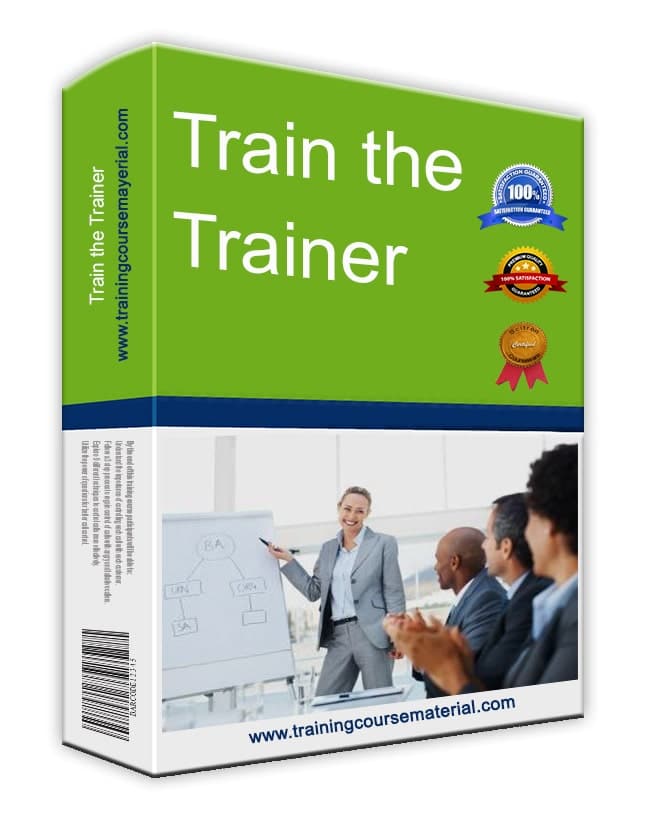
|
+ | 
|
The Presenter-Trainer Package®
Train The Trainer
Presenting With Impact
Price: $359.95 $299.95
SAVE $59.95
Read More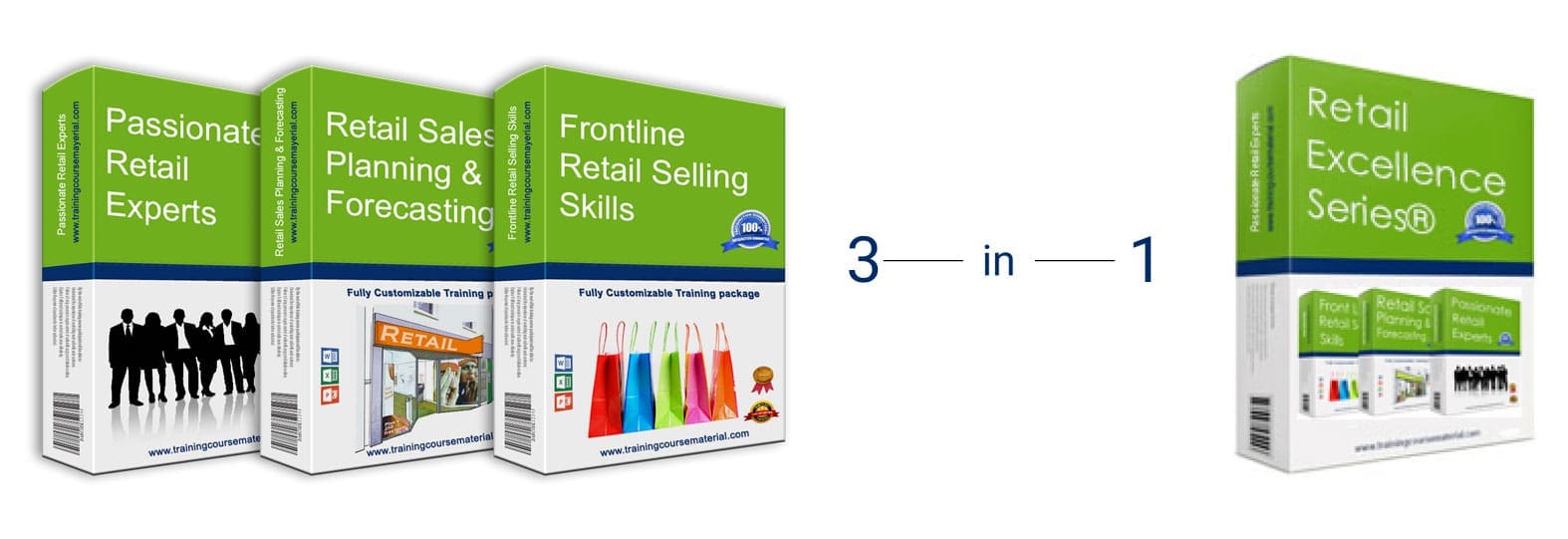
Retail Excellence Series®
3 Complete Courseware
Packages in 1
Frontline Retail Selling Skills
Retail Sales Planning & Forecasting
Passionate Retail Experts
Price: $539.855 $349.95
Pay for 2 Get 1 Free
Read More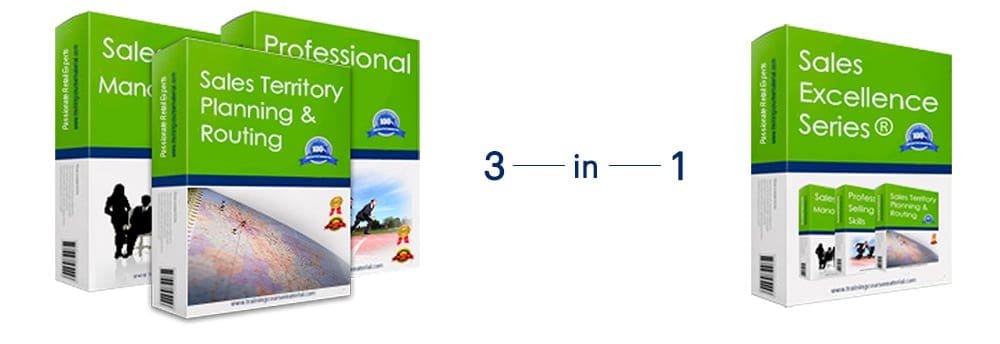
Sales excellence series®
3 Complete Courseware
Packages in 1
Sales Management
Professional Selling Skills
Sales Territory Planning & Routing
Price: $539.855 $349.95
Pay for 2 Get 1 Free
Read More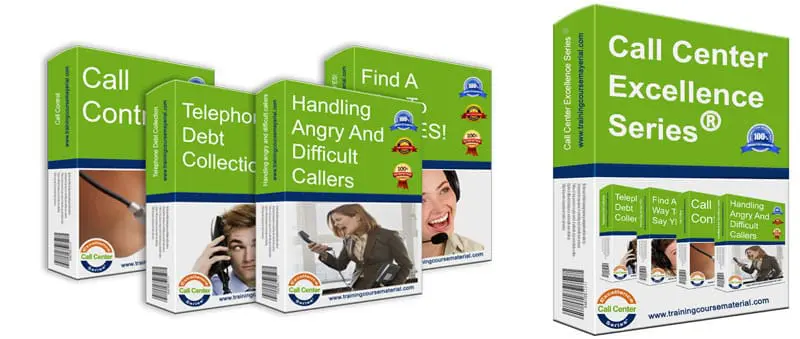
Call Center Excellence Series®
4 Complete Courseware
Packages in 1
Handling angry and difficult callers
Call control
Find a way to say YES!
Successful telephone debt collection
Price: $719.95 $449.95
Pay for 2 programs and Get 2 programs Free
Read More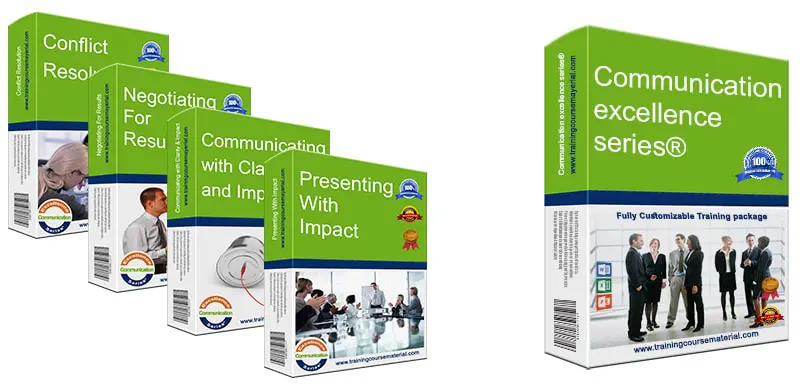
Communication Excellence Series®
4 Complete Courseware
Packages in 1
Communicating with clarity and impact
Negotiating for results
Conflict resolution
Presenting With Impact
Price: $719.95 $449.95
Pay for 2 programs and Get 2 programs Free
Read More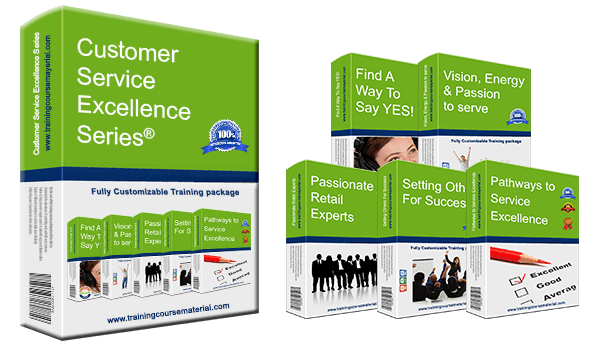
Customer Service Excellence Series®
5 Complete Courseware
Packages in 1
Vision, Energy & Passion To Serve
Pathways to service excellence
Find a way to say YES!
Passionate Retail Experts
Setting others up for success
Price: $899.75 $599.95
Pay for 3 Get 2 Free
Read More
Instant Download
Training packages
Price: $199.95 $179.95
No matter who you are, we all have 168 hours each week. Your ability to best utilize those 168 hours will ultimately determine your success. Using self-discovery, hands-on activities and innovative concepts, throughout this high energy training program, participants will learn how to get better control of their time and their life in general.
Price: $199.95 $179.95
A highly engaging one-day training program packed with a plethora of fun activities and games focusing on the key characteristics of high performing teams.
Price: $199.95 $179.95
All you need
to deliver a great training!
Our training material packages come with all you need to provide
a professional and accelerated learning solution with
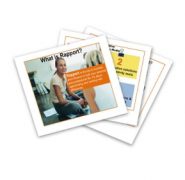
High Impact
Power Point Slide Deck
To support immersive learning, a high impact professionally designed power point slide deck to engage trainees at all levels.
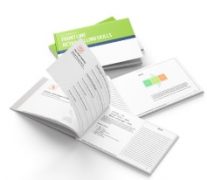
Student
Workbook
A comprehensive reference workbook you can give out to your class participants as a quick future reference.
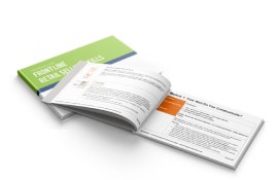
Trainer
Guide
With step-by-step clear directions with tips and suggestions on what to say and how to present each slide.
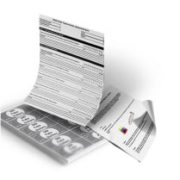
Activity
/Exercise Sheets
Various training material and support documents to help you both explain and debrief the different exercises, activities and games Plus a fun final Jeopardy style review game as a fun ending for your training program.

Additional
Support Documents
To ensure you have all you need to deliver a complete and professional training program, additional supporting documents are included with each full course material package. From training evaluation forms to 5 different certificate templates that you can edit and hand out to your participants at the end of your training.
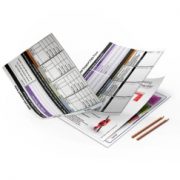
Job Aids
& Forms
Specific forms designed to extend and reinforce the training that participants can utilize back on the job to help them apply the new learned concepts (Select training material packages)

